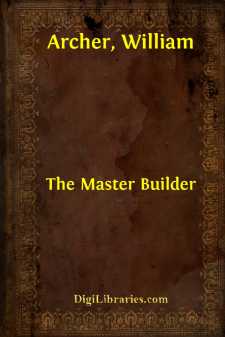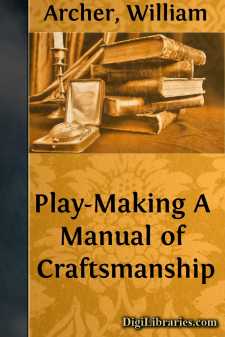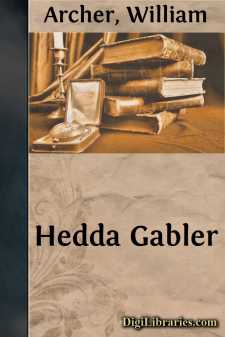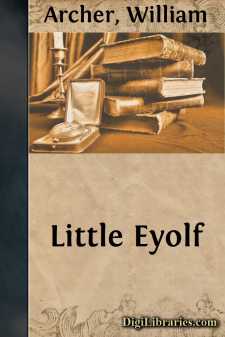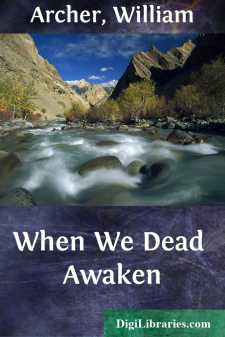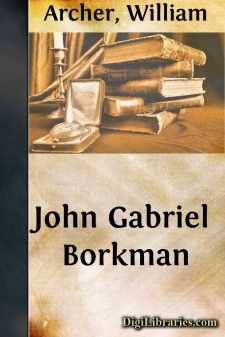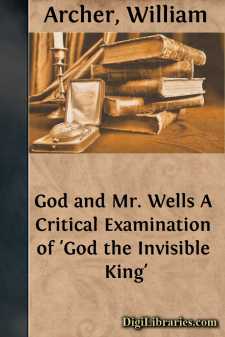Categories
- Antiques & Collectibles 13
- Architecture 36
- Art 48
- Bibles 22
- Biography & Autobiography 813
- Body, Mind & Spirit 142
- Business & Economics 28
- Children's Books 15
- Children's Fiction 12
- Computers 4
- Cooking 94
- Crafts & Hobbies 4
- Drama 346
- Education 46
- Family & Relationships 57
- Fiction 11829
- Games 19
- Gardening 17
- Health & Fitness 34
- History 1377
- House & Home 1
- Humor 147
- Juvenile Fiction 1873
- Juvenile Nonfiction 202
- Language Arts & Disciplines 88
- Law 16
- Literary Collections 686
- Literary Criticism 179
- Mathematics 13
- Medical 41
- Music 40
- Nature 179
- Non-Classifiable 1768
- Performing Arts 7
- Periodicals 1453
- Philosophy 64
- Photography 2
- Poetry 896
- Political Science 203
- Psychology 42
- Reference 154
- Religion 513
- Science 126
- Self-Help 84
- Social Science 81
- Sports & Recreation 34
- Study Aids 3
- Technology & Engineering 59
- Transportation 23
- Travel 463
- True Crime 29
The Master Builder
by: William Archer
Categories:
Description:
Excerpt
The Master Builder—or Master Builder Solness, as the title runs in the original—we enter upon the final stage in Ibsen's career. "You are essentially right," the poet wrote to Count Prozor in March 1900, "when you say that the series which closes with the Epilogue (When We Dead Awaken) began with Master Builder Solness."
"Ibsen," says Dr. Brahm, "wrote in Christiania all the four works which he thus seems to bracket together—Solness, Eyolf, Borkman, and When We Dead Awaken. He returned to Norway in July 1891, for a stay of indefinite length; but the restless wanderer over Europe was destined to leave his home no more.... He had not returned, however, to throw himself, as of old, into the battle of the passing day. Polemics are entirely absent from the poetry of his old age. He leaves the State and Society at peace. He who had departed as the creator of Falk [in Love's Comedy] now, on his return, gazes into the secret places of human nature and the wonder of his own soul."
Dr. Brahm, however, seems to be mistaken in thinking that Ibsen returned to Norway with no definite intention of settling down. Dr. Julius Elias (an excellent authority) reports that shortly before Ibsen left Munich in 1891, he remarked one day, "I must get back to the North!" "Is that a sudden impulse?" asked Elias. "Oh no," was the reply; "I want to be a good head of a household and have my affairs in order. To that end I must consolidate may property, lay it down in good securities, and get it under control—and that one can best do where one has rights of citizenship." Some critics will no doubt be shocked to find the poet whom they have written down an "anarchist" confessing such bourgeois motives.
After his return to Norway, Ibsen's correspondence became very scant, and we have no letters dating from the period when he was at work on The Master Builder. On the other hand, we possess a curious lyrical prelude to the play, which he put on paper on March 16, 1892. It is said to have been his habit, before setting to work on a play, to "crystallise in a poem the mood which then possessed him;" but the following is the only one of these keynote poems which has been published. I give it in the original language, with a literal translation:
DE SAD DER, DE TO—De sad der, de to, i saa lunt et hus
ved host og i venterdage,
Saa braendte huset. Alt ligger i grus.
De to faar i asken rage.
For nede id en er et smykke gemt,—
et smykke, som aldrig kan braende.
Og leder de trofast, haender det nemt
at det findes af ham eller hende.
Men finder de end, brandlidte to,
det dyre, ildfaste smykke,—
aldrig han finder sin braendte tro,
han aldrig sin braendte lykke.
THEY SAT THERE, THE TWO—
They sat there, the two, in so cosy a house, through autumn
and winter days. Then the house burned down. Everything
lies in ruins. The two must grope among the ashes.
For among them is hidden a jewel—a jewel that never can burn.
And if they search faithfully, it may easily happen that he
or she may find it....


